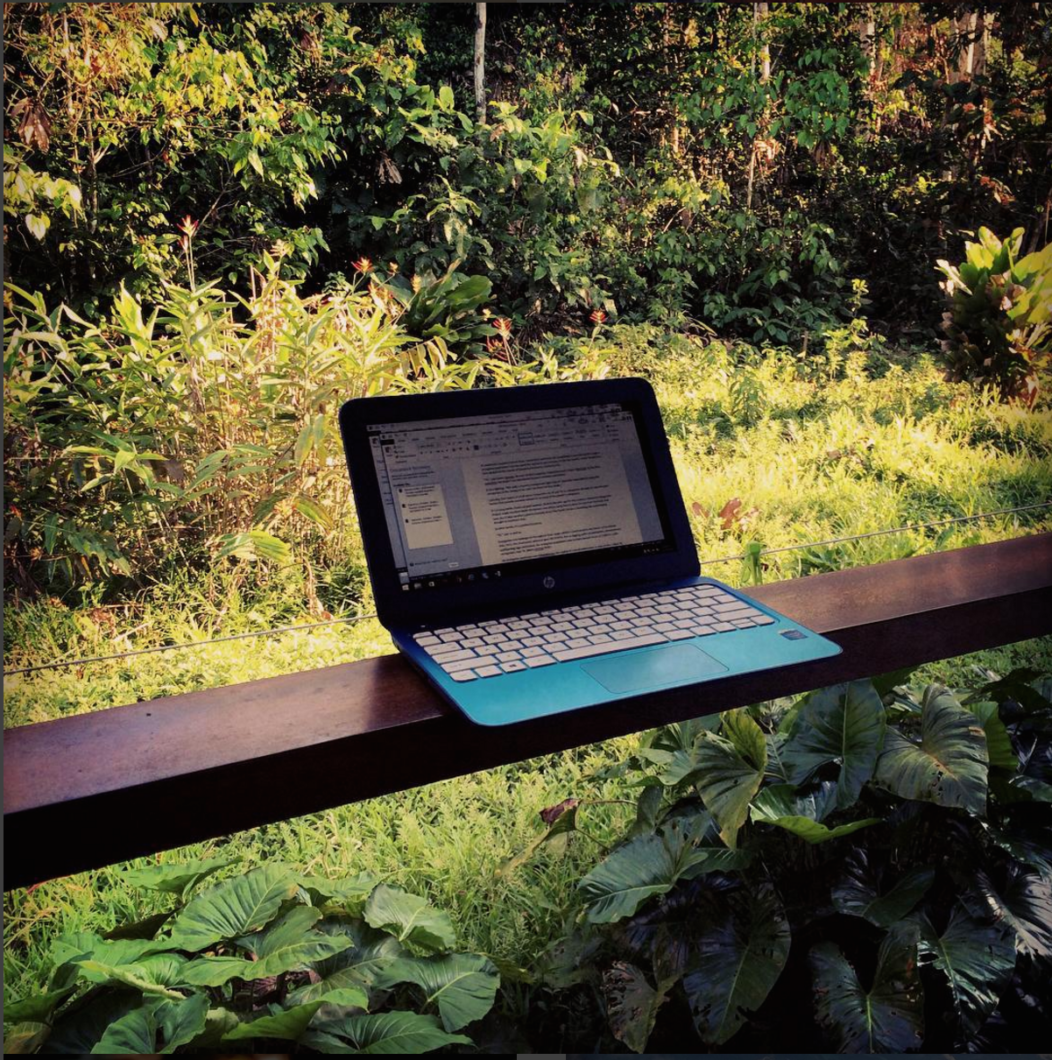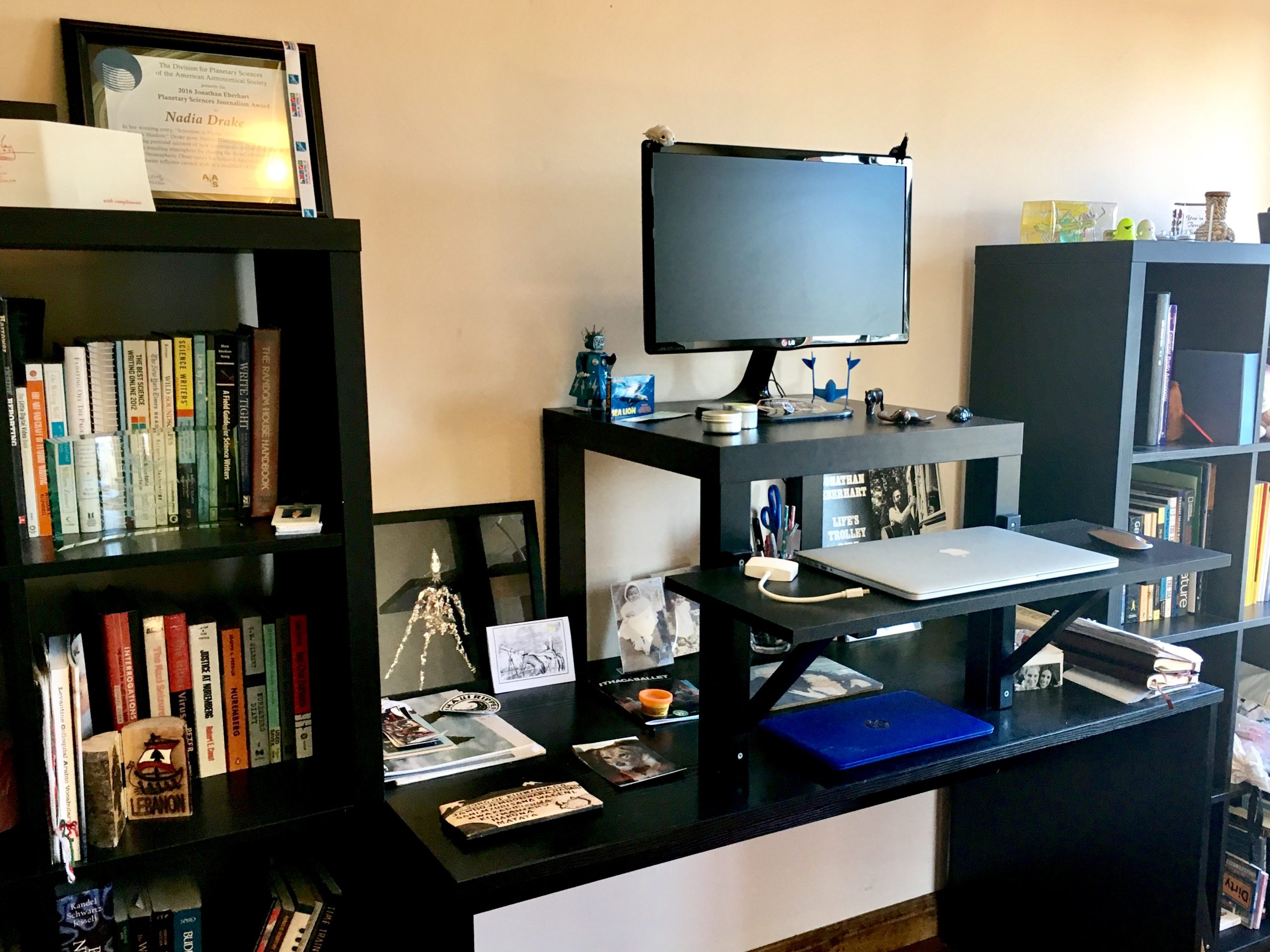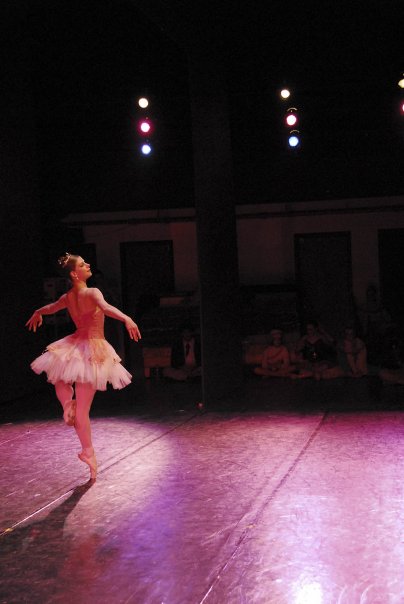
What I’m working on:
Most of my work these days is for National Geographic, whether it’s for the magazine, online, books, or in support of the National Geographic Channel’s shows. This is basically my dream job. Many people ask about how I ended up working for the iconic yellow rectangle, and I don’t know what to say except to thank everyone who’s helped me get here, especially the mystery person who recommended me for the astronomy blogging gig that set up everything else (WHO ARE YOU?).
Right now, I’m working on a news story about a sweet camera-trapping project in the Peruvian Amazon. I went down there to report the story and encountered some of the toughest jungle I’ve ever met—miles and miles of terrain that would be difficult even if the “trail” (such as it was) didn’t need constant help from machetes. I’ve spent a lot of time in jungles, and that excursion still managed to generate a new appreciation for those who can move swiftly and safely through such forbidding forests. It’s a remarkable skill. Our forest guide was exceptionally adept and extremely patient with us, and I hope that we—meaning all of us humans—can learn to not only value expertise in all its incarnations, but the cultures and experiences that create it as well.



Where I work:
I’m based in San Francisco, but I’m on the road about as often as I’m home, so my workspace is constantly shifting. Sometimes I work from a laptop perched on whatever surface is available in whatever rainforest I happen to be in (these are my preferred locations). Right now I’m working while hurtling through the air, several miles up, which is a frequent and relatively OK situation.
When I’m at home, I always work from the standing desk I studiously crafted from bits and pieces of Ikea furniture, and routinely take breaks to rest my eyes and do jumping jacks while admiring the San Francisco skyline and the Bay Bridge.
Just kidding. I’m usually on the couch, glued to my laptop, and reluctant to emerge from my sleeping-bag sheath because San Francisco houses just aren’t built for cold-intolerant people like me. The view really is spectacular, though.
Daily routine:
I wish I had a routine! When I’m home, I try and fail to stick to reasonable work hours, and usually end up working for entire waking days at a time or randomly deciding to call a weekday a weekend. It’s taken a while for me to adapt to working from home, and I’m not sure I’m all the way there yet. Sometimes I love it—my commute takes 30 seconds because I refuse to work in bed—and sometimes I hate it. When you’re your own boss, it’s too easy to be seduced by the lure of getting even more stuff done.

Recently, I’ve started taking the early evenings for myself and going to ballet classes when I’m in San Francisco. I used to be a professional dancer and it’s more than a little bit hard to confront the realities that come with being old and out of shape, but spending that time completely engaged in the present is a necessary break from mostly being in my head. I can’t let my mind wander in class because I’ll either (a) not know the steps or (b) fall over, and neither of those is great. Dancing is one of the things that helped me get through my PhD program, for exactly these reasons. Also, it’s fun. The only other activity that forces me to be completely present is rock climbing, which is one of the many reasons I love it even though I’m a total noob. Running, hiking and yoga? They’re good too, but don’t quite hit the mute button on the internal monologue.
Most productive part of my day:
Early mornings, when the sunrise clears all of yesterday’s cobwebs, and later at night, when the world has gone to bed, the mountains are quiet, and cities glitter. Also the several hours preceding deadlines, which I imagine is true for many writers.
Most essential ritual or habit:
Coffee in the morning? It sounds cliché, but having that warm mug of familiar goodness helps ground me as the day is starting.
Mobile device:
iPhone 6s, complete with a cover depicting the interstellar message my Papa D sent from Arecibo [Observatory] in 1974. I know, I know. Nerd.
Computer:
Two: An old MacBook Pro that needs replacing, and a cheap blue HP that has outstanding battery life and wouldn’t break my bank account if it decided to ditch me for an Amazonian river. I bring this little computer with me on all field-reporting trips and often to conferences because it rarely needs recharging. It has essentially no storage space, though, so I also travel with an external hard drive that I keep in a waterproof case.
Essential software/apps/productivity tools:
Umm, Microsoft Word? I’m so old-fashioned in some ways! (Should I admit this?) I have exactly zero experience with Evernote or Livescribe and would love to try those and other apps except my brain kind of rebels at the idea of being reliant on yet more hackable, prone-to-failure, out-of-my-control technological wizardry. A voice recorder, a notebook that fits in a ziplock bag, a GPS messenger, and a not-extravagant DSLR camera come to the field with me. I’ve worn ruts into the United Airlines app on my phone and am especially appreciative of the virtual companionship that Slack rooms offer.
Favorite time waster/procrastination habit:
Crossword puzzles, jigsaw puzzles, the game Twenty (on my iPhone)—anything that helps dissipate excess mental energy that can be paralyzingly counterproductive. Rotating shapes, solving word problems, and racing against the clock (with no real consequences if I fail) help me get to the point where I can relax and write. Often, I’ll be simultaneously mulling over a story, so these aren’t total time-wasters … despite how it may look.
My reading habits:
I read all the time. News, scientific studies, the Twitter-hose, emails, my drafts (ugh!), press releases, more emails. It’s tiring, and for a while exhausted my patience for seeing words on a page. But I’ve recently started making it a priority to always be reading a book, just for me. By this I mean an actual book you can bury your nose in and smell, with actual pages that actually turn.

There’s nothing better than being so engrossed in a book that you can’t wait to return to whatever world the author has introduced to your life. I just finished David Grann’s The Lost City of Z and mostly loved it. Various chapters pull you along with the force of a swollen South American river; others are a bit more of a trek to get through, but Grann’s ability to weave a compelling tale of obsession based largely on historical documents is remarkable. Overall, I’ve found it very nourishing to give my brain a break and revel in the works of other writers, many of whom are both friends and inspirations.
Sleep schedule:
Late to bed, early to rise, which I hear is perhaps not the healthiest of habits. I often wake up with the East Coast, check to see if there’s anything urgent in my inbox or if sources from overseas have been in touch overnight, and then contemplate going back to sleep for another hour if not. But usually, once my brain snaps into awake mode, that’s it. Between you and me, I’m also a huge champion of, shall we say, a more European approach to the day. Early afternoon power naps can be hugely helpful in terms of restoring energy and resetting some of my stress circuits that are often overloaded.


